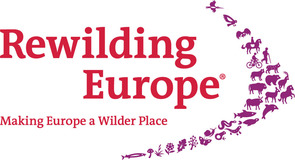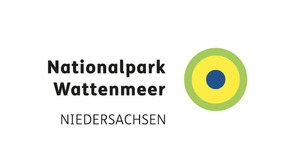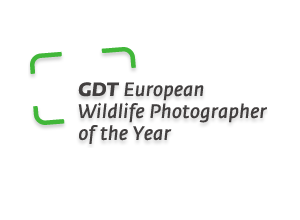
REWILDING EUROPE AWARD - Winner 2025
As part of the prestigious GDT European Wildlife Photographer of the Year competition, the Rewilding Europe Award celebrates powerful imagery that showcases the revival of Europe’s wild nature through rewilding. The Rewilding Europe Award promotes photographs that go beyond aesthetics, championing the rewilding movement’s vision of a Europe where people and nature not only coexist, but thrive alongside each other.
“The Rewilding Europe Award is more than just a photography prize,” says Laurien Holtjer, Rewilding Europe’s Director Engagement and Public Relations. “It’s a way to connect people with the rewilding movement and inspire practical rewilding efforts. These images show us what’s possible when we take action to restore nature and then let nature take the lead in managing itself. They are a testament to the resilience of our wild spaces and a call to action for a wilder, healthier future.”
The award-winning images were selected by a jury of independent wildlife photographers — who judge the entire European Wildlife Photographer of the Year competition — as well as renowned wildlife photographers Jen Guyton and Peter Cairns, who were brought in for their expertise in rewilding-related visual storytelling. His image was recognised for its artistic quality and storytelling power.
Winner: Jon A. Juárez (ES, GDT) | Comeback of the Atlantic sturgeon
The stunning winning entry — captured by Spanish photographer Jon A. Juárez and titled Comeback of the Atlantic Sturgeon — depicts the release of a juvenile Atlantic sturgeon in Sweden's Göta River in 2024, as part of a first batch of 100 fish. This pioneering rewilding initiative, which is being coordinated by the Swedish Anglers Association (Sportfiskarna), offers new hope for the recovery of the species in Europe.
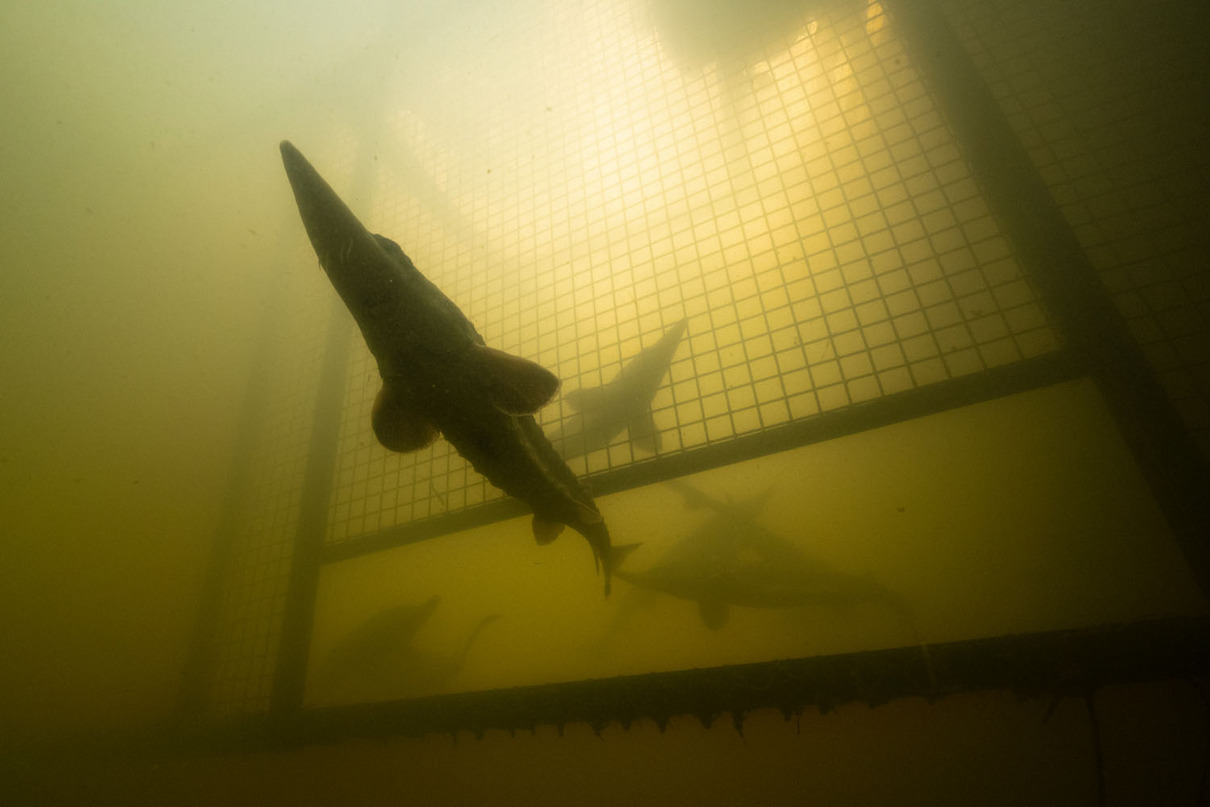
Comeback of the Atlantic sturgeon
Each year, scientists rear hundreds of thousands of sturgeon larvae for release throughout the Baltic Sea region. During the last two decades, the international rewilding initiative has released more than four million larvae across Germany, Scandinavia, Poland and the Baltic states. In 2024, Sweden marked a significant milestone with the release of the first 100 fully-grown Atlantic sturgeon (Acipenser oxyrinchus). Researchers and conservationists work side by side to tag the fish and track their post-release movements with the help of a monitoring system. After getting tagged, small groups of sturgeon are left to acclimatise to their new environment in holding enclosures for three days before release. Given that it takes Atlantic sturgeon over ten years to reach sexual maturity, this critically endangered species' survival is extremely unlikely without human assistance.
Nikon Z8, 4.0/14–30mm, ISO 1600, Nauticam UW housing, dome port
Runner up: Zoltán Gergely Nagy (RO) | The green heart of Bucharest
As a forward-thinking approach to conservation, rewilding aims to create spaces where people and nature can co-exist and thrive together. The second prize in the Rewilding Europe Award went to Romanian photographer Zoltán Gergely Nagy for his image The Green Heart of Bucharest — an aerial shot that highlights nature's resilience and demonstrates how rewilding can transform cities, reshaping the relationship between urban residents and the recovering nature on their doorstep.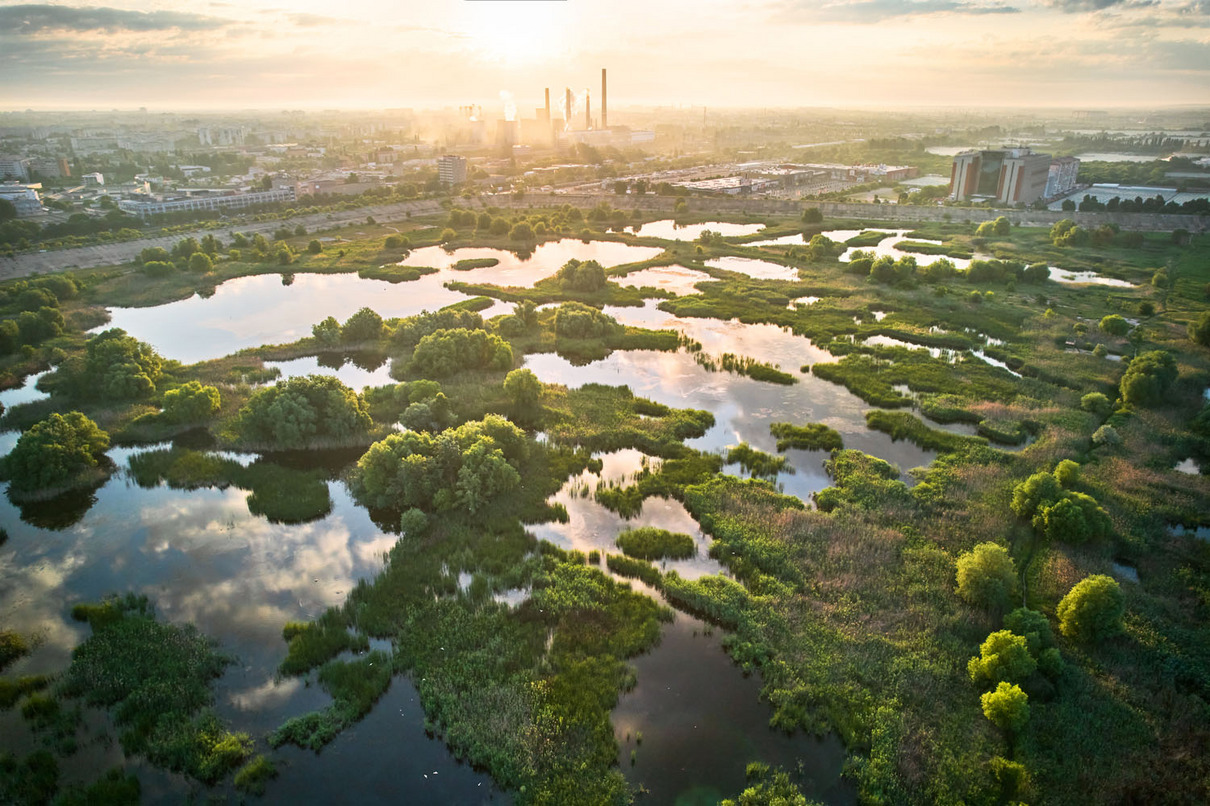
The green heart of Bucharest
Once an abandoned construction site, Văcărești Nature Park has become a thriving green refuge in the heart of Bucharest. Surrounded by concrete and high-rises, this rewilded wetland teems with life, offering refuge to hundreds of species – from birds and butterflies to orchids and otters. Viewed from above, the park forms the green heart of the city: a powerful symbol of nature’s resilience and the transformative power of rewilding in urban landscapes.
DJI Air 2S, ISO 100
Highly commended: Jonathan Fieber (DE, GDT) | Small beetle – big impact
Three photographers received high commendations for their submissions to the Rewilding Europe Award, each highlighting the relationship between wildlife species and their habitat. These images emphasise the remarkable capacity of wildlife to bounce back and recolonise landscapes, with both of these species returning to the countries where they were photographed in the last 30 years. Having been absent for decades, they are now strengthening the health and resilience of wild nature.
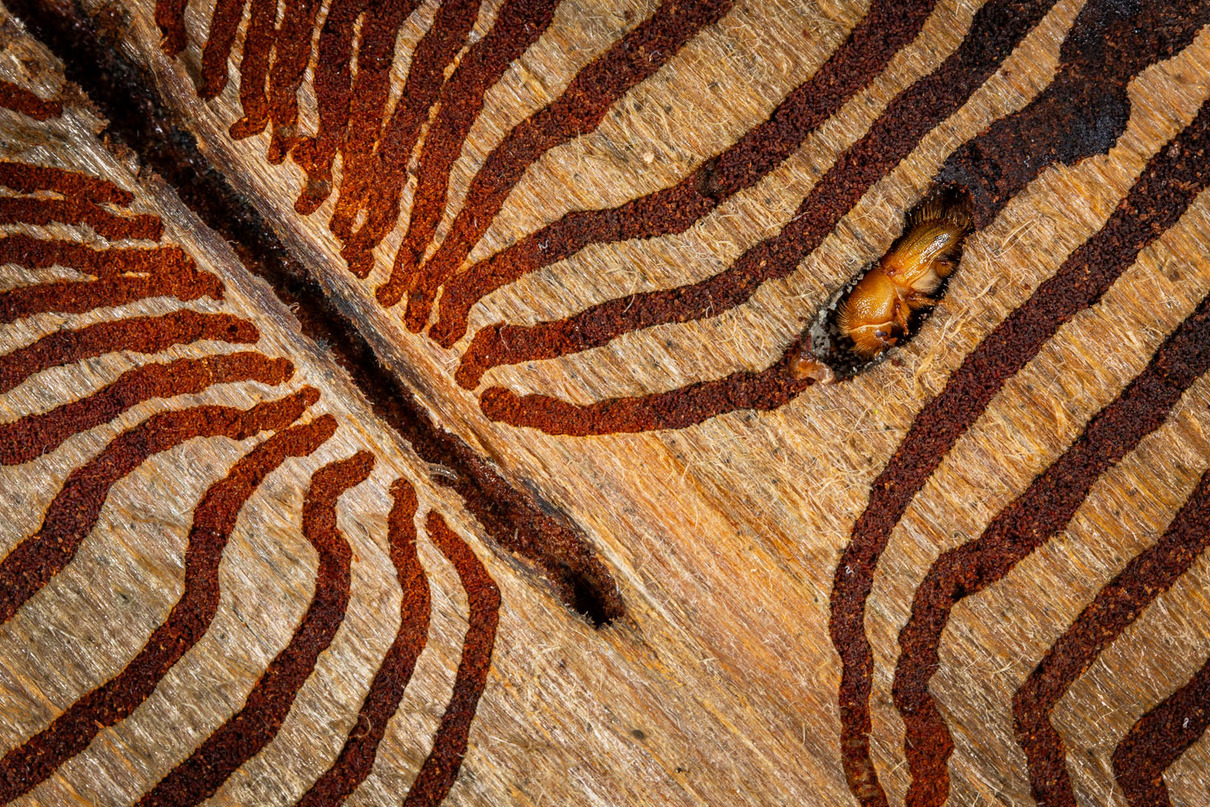
Small beetle – big impact
A single bark beetle (Ips typographus) is no threat to a healthy tree. But in the millions, they can destroy entire forests. Trees in species-poor monoculture plantations have very little chance of resisting such an onslaught. In the face of climate change, the future lies in diverse, mixed-species woodlands adapted to local growing conditions. Promoting such resilient forest ecosystems is one of the key goals of modern rewilding strategies.
Canon EOS 5D Mark III, 2.8/100mm macro, ISO 800, flash
Highly commended: Christian-D. Morawitz (DE, GDT) | In the pack
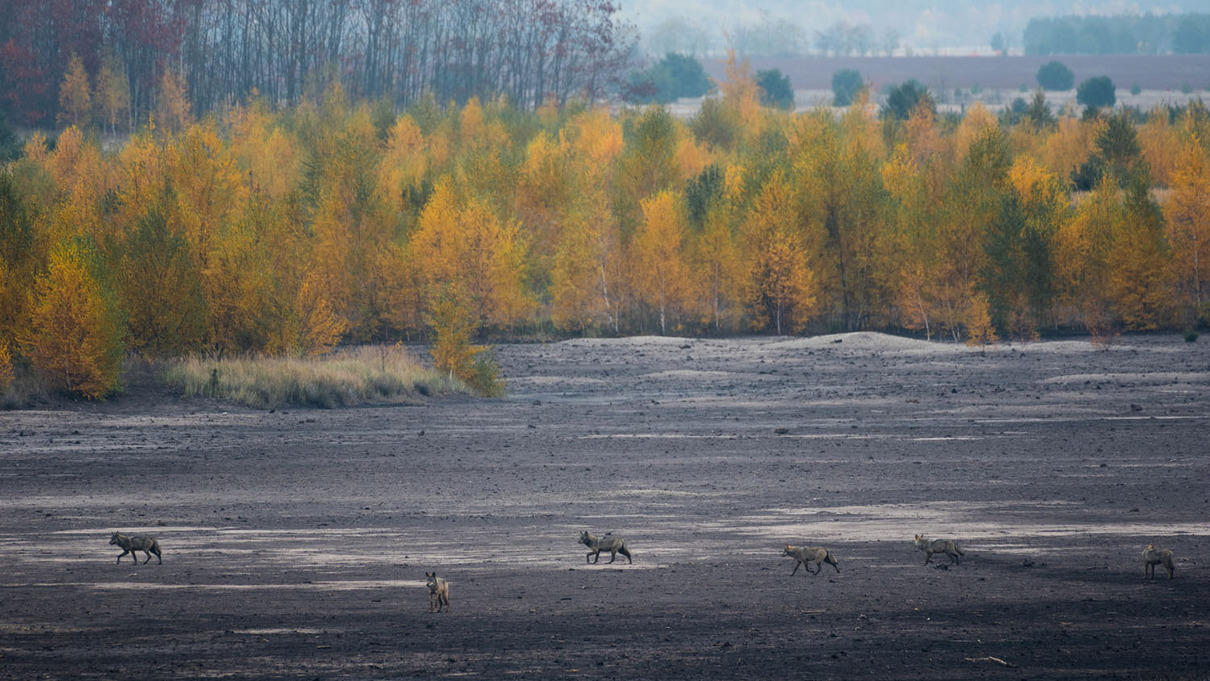
In the pack
Decades of brown coal mining have left behind dramatically scarred landscapes in many parts of eastern Germany. Yet in several of these former opencast mines, large-scale restoration and nature conservation projects are allowing nature to reclaim the land. Devoid of human intervention, rare open habitats are slowly growing back into healthy communities via the process of ecological succession. Such undisturbed, game-rich habitats have proved ideal for wolves (Canis lupus).
Nikon D750, 5.6/200-500mm, 1.4x teleconverter, ISO 360, tripod
Highly commended: Marijn Heuts (NL) | A landscape architect dives deep
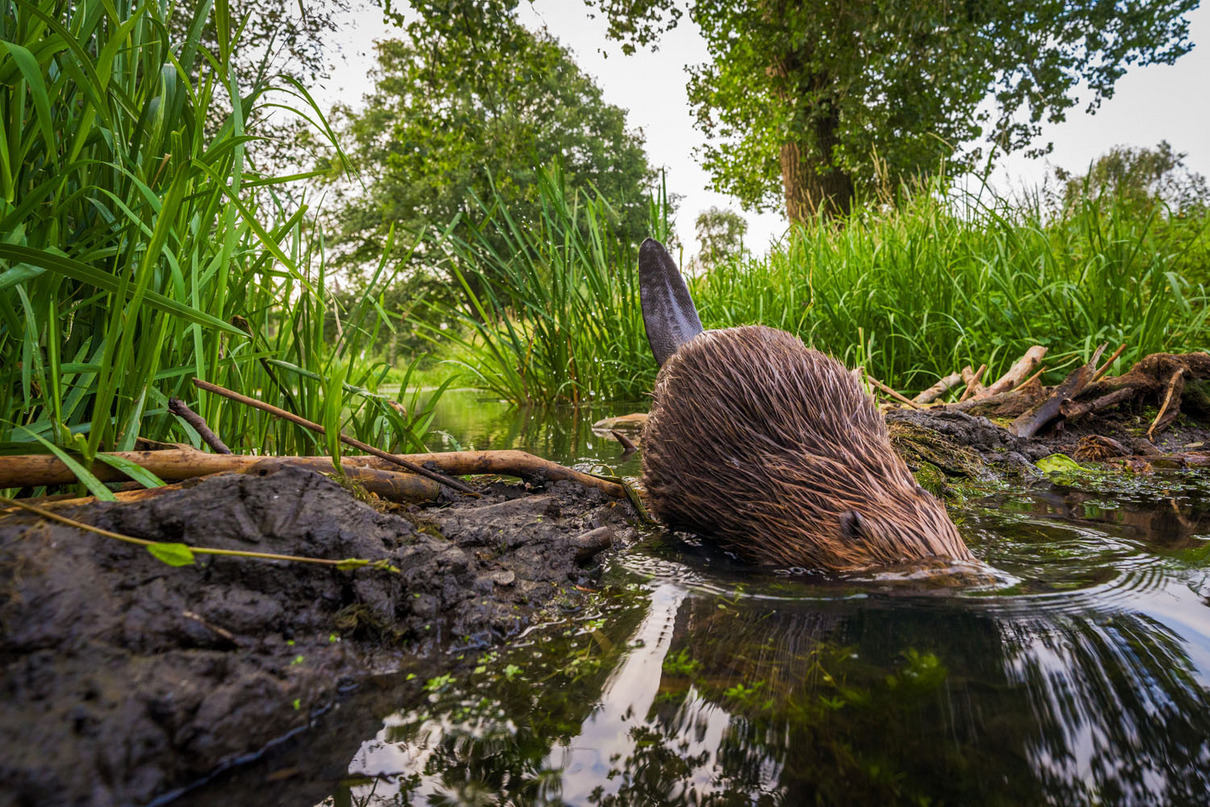
A landscape architect dives deep
Eurasian beavers (Castor fiber) can dive in waters as shallow as 30 centimetres but prefer water depths of around one metre to safely access the submerged entrances of their lodge. When water levels drop too far, beavers build dams. This not only secures the beavers' habitat but also creates expansive wetlands—warm, shallow, and brimming with plant and animal life. However, such engineering feats can occasionally flood human-managed lands and lead to conflicts. Proactive wildlife management can usually yield solutions that benefit both beaver and human communities.
Sony Alpha 7 III, 2.8/16-35mm, ISO 2500, tripod, wireless trigger








